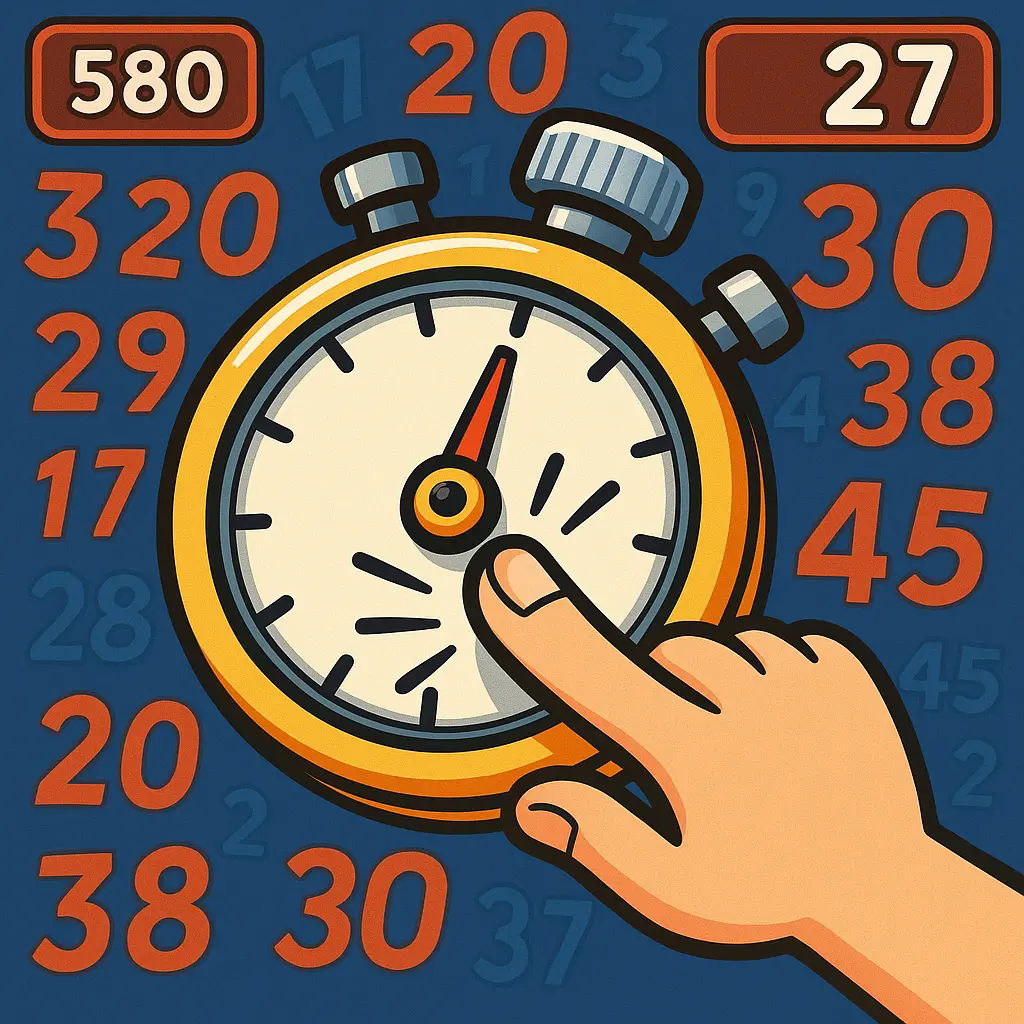Clock Clicker Game: Race Against Time in Every Tap
In the world of casual mobile games, few manage to balance simplicity and intensity quite like Clock Clicker Game. With its fast-paced mechanics, minimalist design, and addictive time-based challenges, this game has carved a niche for itself among players looking for both fun and focus. Whether you’re playing to beat your high score or out-tap your friends, Clock Clicker offers an exciting gameplay loop that keeps you coming back for more.
Let’s dive into what makes this tap-based game a hit—exploring how time challenges work, how levels are structured, and why the increasing difficulty is such a thrilling aspect of the experience.
What is Clock Clicker Game?
At its core, Clock Clicker Game is a simple yet gripping time-based tapping game. You’re presented with a circular interface resembling a clock face, and your mission is to tap as accurately and quickly as possible based on visual cues—usually a moving hand or a highlighted marker. The objective is to make each tap count, syncing with the correct spot on the clock before time runs out.
Sounds easy? It starts that way, but the deeper you go, the more challenging it becomes.
How Time-Based Challenges Work
The soul of the game lies in its time-based challenges. Each level or round gives you only a few seconds—or even milliseconds—to react. You must click (or tap) on specific points of the clock interface at the exact right moment. If you’re off by a hair, you lose a point or fail the level.
The game often includes features like:
- Rotating clock hands that you must click on as they pass certain markers.
- Shrinking time windows that require even faster reaction times.
- Multiple targets within one rotation cycle.
- Sudden direction reversals that challenge your pattern recognition.
These challenges are built to test your focus, timing, and motor skills.
Level Design: From Easy to Intense
The level progression in Clock Clicker is a masterclass in pacing. Early levels serve as warm-ups, designed to get your brain and fingers in sync.
But as you rise through the levels, several mechanics begin to evolve:
1. Speed Increases
The clock hand begins rotating faster. Eventually, it’s a blur.
2. Target Size Reduces
The safe tapping zone becomes smaller and smaller.
3. Multitap Levels
Some levels require multiple taps within a rotation. You need to land all of them to clear the stage.
4. Distractions and Visual Tricks
Later levels might introduce visual distractions like flickering lights, fake targets, or misleading animations.
Each new level is a challenge, but it also gives you a taste of mastery as you improve. That learning curve is part of what keeps players hooked.
Why Increasing Difficulty Adds to the Fun
One of the reasons Clock Clicker Game remains engaging is due to its gradual, but clear, difficulty progression. Here’s how that difficulty translates into genuine fun:
✦ Boosts Adrenaline
Every tap counts. This creates a thrilling gameplay loop.
✦ Gives a Sense of Accomplishment
When you finally conquer a level that took multiple tries, the victory feels personal. You beat the clock—literally.
✦ Encourages Quick Thinking
You’re not just reacting blindly. The game teaches you to anticipate patterns, read visual cues, and make decisions within a fraction of a second.
✦ Easy to Restart, Hard to Master
You can restart any time, which removes frustration. But mastering higher levels is a badge of honor, motivating players to keep pushing.
Power-Ups and Game Modes
Many versions of Clock Clicker Game include optional power-ups that enhance gameplay:
- Time Freeze – Slows down the clock for a few seconds.
- Auto Tap – Automatically hits a target for you, useful in tricky levels.
- Double Points – Rewards perfect timing with extra points.
There might also be different game modes, such as:
- Endless Mode – How long can you last as speed keeps increasing?
- Challenge Mode – Tackle specially-designed puzzles or sequences.
- Daily Time Trials – Compete for top spots on daily leaderboards.
These additions give the game more depth and replay value.
Community and Competition
Though the game is primarily a solo experience, competitive players often find motivation through:
- Leaderboards – Compete globally or with friends for the highest score.
- Achievements – Unlock badges or skins based on your tap accuracy.
- Speedrun Challenges – See who can complete certain levels the fastest.
The social aspect—whether you’re sharing your score or challenging a friend—brings another layer of excitement.
Minimalist but Addictive Design
One of the unsung heroes of Clock Clicker Game is its user interface. The game typically sports a clean, circular design with minimal clutter. This allows players to focus solely on precision and timing.
There’s a meditative quality to the game—rhythmic tapping, repeating cycles, and visual cues—that can even feel therapeutic at times. But that peace is constantly interrupted by the rush of rising stakes.
Tips to Master Clock Clicker
If you’re struggling to progress or just want to refine your skills, here are some tips:
- Stay Calm – The faster the game gets, the more critical it is to stay relaxed.
- Watch Patterns – Instead of tapping reactively, anticipate movement.
- Practice Timing – Don’t spam-tap. Learn to tap precisely at the right moment.
- Use Headphones – Some versions have audio cues that can aid with timing.
- Take Breaks – Fatigue leads to poor reaction time. Short breaks help refresh your focus.
Final Thoughts
The Clock Clicker Game isn’t just about tapping—it’s about mastery, mindfulness, and momentum. From its deceptively simple premise to its progressively intense challenges, this game blends cognitive skill and rapid reflexes into one compact experience.
Whether you’re a casual gamer looking to kill a few minutes or a competitive soul chasing high scores, Clock Clicker Game offers something worth your time—ironically, by putting you in a race against it.

